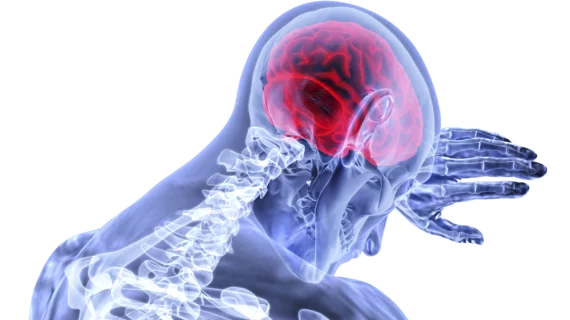High marks for ACR appropriateness criteria on CT angiography for stroke workup
When it comes to deciding which ER patients with suspected stroke need CT angiography (CTA) for complete and accurate diagnosis, the American College of Radiology’s appropriateness criteria are largely spot-on, according to findings published April 28 in JACR.
To gauge the judiciousness of the criteria on CTA for stroke workup, lead author Jason Hartman, MD, senior author Mahmud Mossa-Basha, MD, and colleagues at the University of Washington in Seattle reviewed 700 cases, of which 317 met their study criteria.
Their key finding was that only 2% of CTAs ordered with ACR-AC categorizations of “may be appropriate” (38 cases) or “usually not appropriate” (80 cases) had imaging findings suggestive of stroke.
Meanwhile the 199 CTAs ordered with an ACR-AC categorization of “usually appropriate” had a significantly higher association with probable stroke.
Specifically, stroke explained patients’ presenting symptoms in 29% of the “usually appropriate” cases vs. only 3% of the “may be appropriate” cases and 1% of the “usually not appropriate” cases.
The team further found that 98% of patients (48 of 49) with positive findings on CTA who underwent MRI demonstrated positive findings there as well. On this the authors comment that patients with clinical presentations for which CTA falls into “usually appropriate” categories are likely to have this designation validated by MRI.
In their discussion section, Hartman and colleagues point out that avoiding the use of CTA in patients undergoing stroke workup in emergency settings can, in turn, help providers avoid various risks and costs associated with the exam.
Their examples of risks and costs so avoided include exposure to ionizing radiation, adverse events related to exposure to intravenous iodinated contrast, scanning time, cost of the imaging study and further imaging stemming from incidental findings.
“We found that patients whose clinical presentation placed them in the ‘usually appropriate’ category were statistically significantly more likely to demonstrate CTA findings explanatory for stroke than those whose clinical presentation placed them in the ‘may be appropriate’ or ‘usually not appropriate’ category,” the authors conclude. “This suggests that the current ACR-AC recommendations help ensure that CTA is ordered only when it will be useful.”
The team also suggests its findings should reassure clinicians who consult ACR-AC before ordering CTA for stroke workup.
That’s because the Protecting Access to Medicare Act (PAMA)—including its requirement to consult an approved clinical decision support (CDS) mechanism when ordering advanced imaging—is set for full implementation as of next New Year’s Day.
And as suggested by the authors of the present study, the approach of the legislation’s go-live date essentializes confidence in ACR-AC.
“As clinical decision support is increasingly integrated into ordering algorithms built around the ACR-AC,” they note, “particularly with the upcoming PAMA implementation, the validation of these criteria becomes all the more important.”

